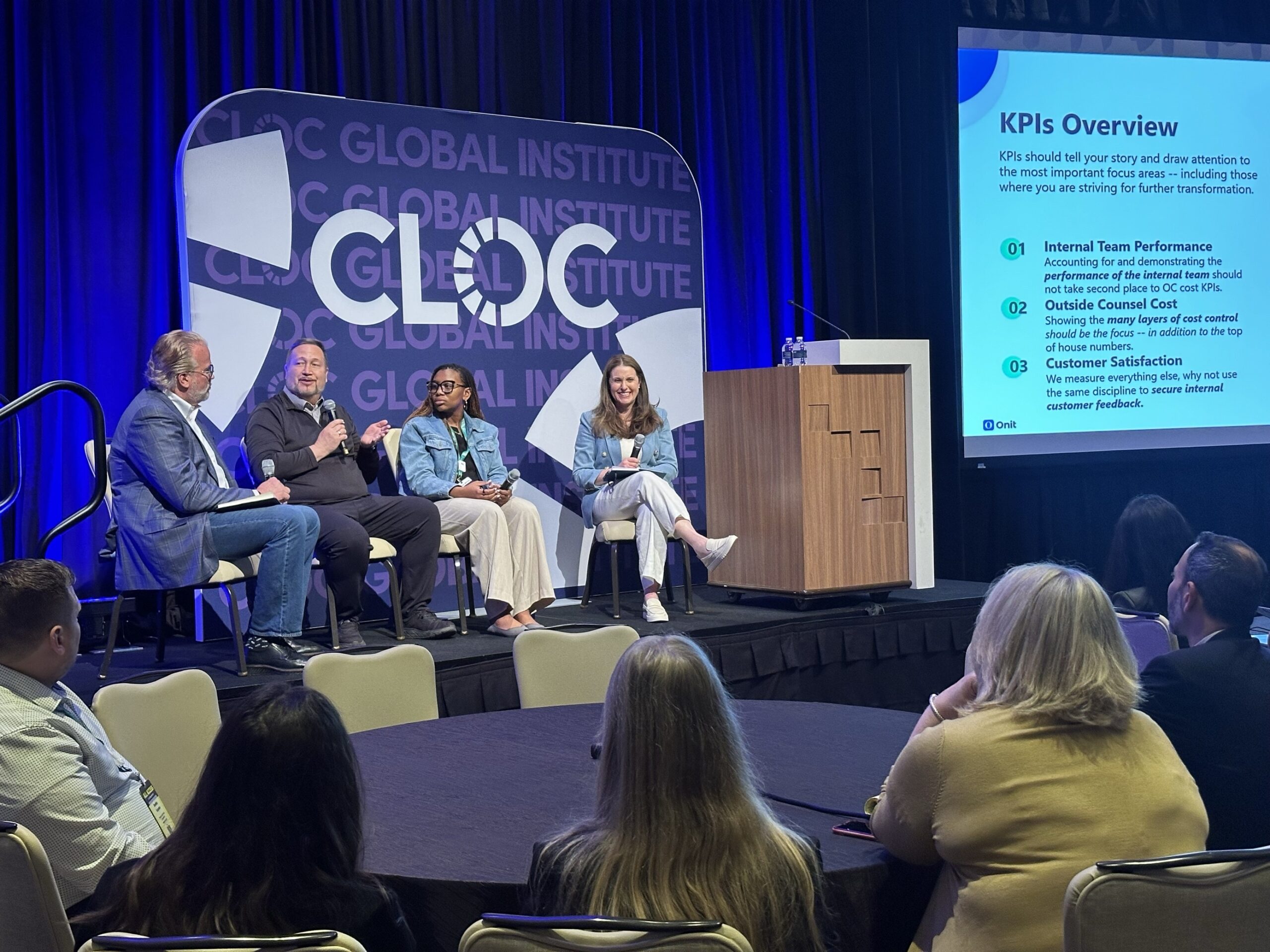This article by Charmel Rhyne was first published on Law.com.
The final part of this series on CLM’s growth examines how first- and next-generation solutions have evolved can help with selecting the right type of contract management tool. Part one outlined the distinction between contract management and contract lifecycle management and discussed the challenges solved by first-generation CLM platforms and what drives their continued evolution.
By the end of the 2010s, first-generation contract lifecycle management was starting to look very much like a comprehensive end-to-end solution close to enterprise maturity. But these offerings were still costly and expensive. Legal departments began to recognize the importance of taking CLM up a notch with factors like rightsizing, perfecting both buy-side and sell-side solutions, and implementing AI-driven CLM solutions. With those drivers in mind, next-generation CLM was just around the corner.
Brainstorming Next Generation CLM
Software developers have recently been diverging into two general branches of next-generation CLM. One is designed to handle all kinds of contracts—buy-side, sell-side, and otherwise. The second is for only buy-side contracts and primarily included with source-to-contract software packages. Interestingly, statistics show that organizations with either type of solution have been doing well with their CLM implementations of contract repositories and contract reports and analysis, but there is still room for improvement for other processes, particularly when managing all contracts.
Rightsizing is a crucial factor to consider when choosing the most appropriate CLM solution. All too often, a legal department will do due diligence and spend a lot of time deliberating, only to implement a solution that does not meet all its growth requirements or is more than what is needed. By choosing a rightsized CLM solution, you can’t go wrong. For example, by having the ability to configure and deploy the processes you need when you need them, you can enhance existing solutions and add new departments as your company evolves.
AI and machine learning are other areas of innovation taking CLM by storm. When pre-signature and post-signature AI contract solutions are built on an intelligent platform, machine learning and natural language processing come together to empower the organization with a solution that reads, writes, and reasons like a lawyer. Most CLM vendors have focused on the extraction of key terms/clauses, while very few have taken the much harder approach to automate redlining.
Connecting legal to the whole enterprise is another lofty goal, as legal departments often operate in a silo. While it’s no secret they are well-positioned to operationalize internal efficiencies, by investing in relationships with other departments, legal can have a significant impact on the enterprise at large. What does this have to do with contracting? Managing all the necessary steps in your contract process is hard enough internally across several departments. The complexity of managing contracts increases exponentially when you are overseeing them across several office locations, time zones, or languages. The ability to have everything centrally located with changes tracked in real-time becomes critical.
What About the Future of CLM?
One current school of thought says ERP and CRM vendors will expand in the CLM arena, forcing CLM out of its present niche. This is unlikely since ERP and CRM are transaction-driven and CLM merges art and science. The science here is clearly process automation, but what is the art?
A key factor in the future of CLM is the standardization of legal terms—the practice of law is the art. The art is in the negotiation and the exact, precise wording of what’s in the contract. Simplification of standard terms and conditions in contracts would make negotiations easier and less costly—think of how legal invoicing standards were finessed with the establishment of the Legal Electronic Data Exchange Standard (LEDES). Even though some modern solutions allow users to set conditional rules for the review of nonstandard terms, the problem remains that we need more standard terms across the board. The merging of art and science in contracting will be something to watch for in the coming years.
The bottom line is next-generation CLM solutions and other legal tech innovations are driving the industry toward even more intriguing and uncharted territory, and it’s up to all of us to help it get there.






